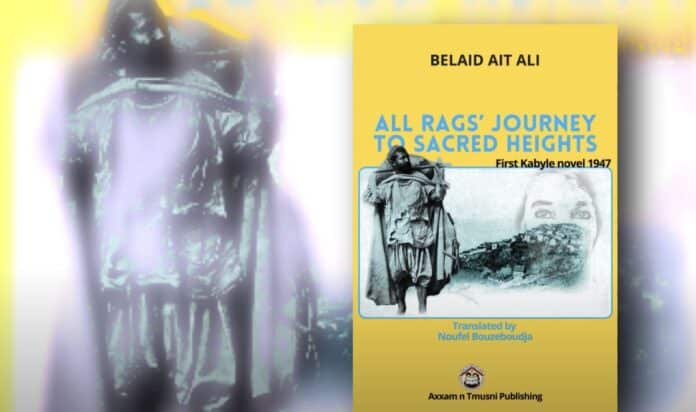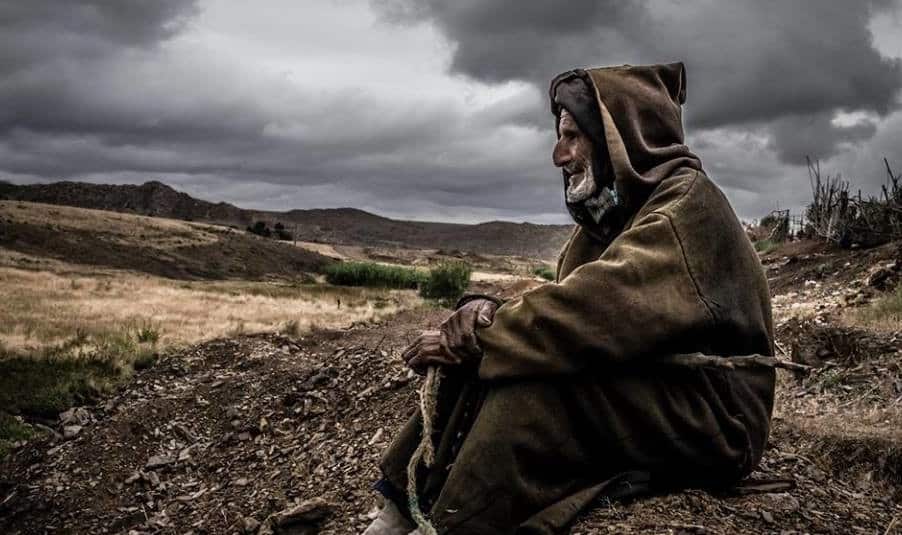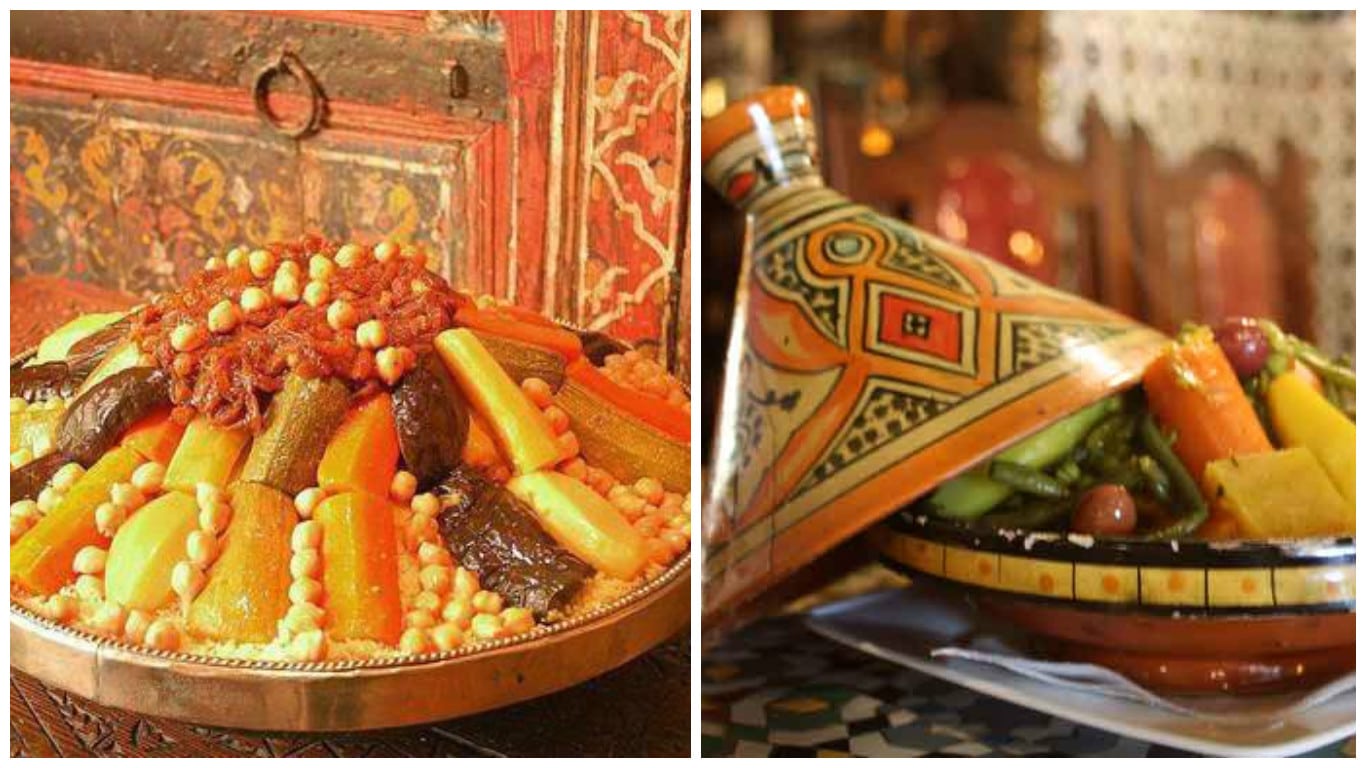The publication of the English version of “Lwali n Wedrar,” the first novel in Kabyle language written by Belaid Ait Ali in 1947, under the title “All Rags’ Journey to Sacred Heights”, marks a significant literary event in the landscape of Kabyle and Amazigh literature. This translation, carried out by Noufel Bouzeboudja and published by AXXAM N TMUSNI (The House of Knowledge), opens the doors of Belaid Ait Ali’s captivating universe to an English-speaking audience, allowing for a broader exploration and understanding, to some extent, of Kabyle culture.
“All Rags’ Journey to Sacred Heights” plunges us into the captivating story of a very poorly dressed, “ugly” yet kind-hearted giant, whose humble origins and simplicity gave rise to the nickname that would mark his destiny. Despite poverty, mockery, and trials encountered in his village, he found comfort and strength in his wife, Thumbelina (Taḍadect), whose intelligence, quiet resilience, and unwavering support shaped their harmonious life in Thagmount-Ath-Moussa.
It was Thumbelina herself who urged him to travel, to go into exile, in order to change his life and improve his condition. The course of destiny then transformed when All Rags discovered the village of Pass-of-the-Ferns (Tizi n Tfilkut), where divine intervention (deus ex machina) and the conflict between the upper and lower clans propelled him as a spiritual guide, against all odds.
Through challenges and encounters, notably with the tyrannical Big Head and the mysterious princess Sekoura, All Rags demonstrated, with naivety, fear, and with Thumbelina’s help, wisdom and compassion, thus earning respect and admiration, and solidifying his reputation as the Saint Man of the Mountain, a revered spiritual figure.
In this narrative intertwining beliefs, community dynamics, and complexities of spiritual leadership in Kabyle society, Belaid Ait Ali reveals a poignant exploration of resilience, spirituality, and the transformative power of kindness in the face of adversity.
This novel holds a prominent place in Kabyle literary history as the first of its kind. Belaid Ait Ali never saw himself or his work printed or published as his “Cahiers” (The Notebooks of Belaid) were published about a decade after his death in 1950, in the “Berber Studies Files” under the direction of the French scholars Dallet and Degezelle.
This pioneer of Kabyle literature laid the groundwork for a rich tradition to come, despite contributions long ignored, overshadowed by the indifference of the “Big Heads” of his land.
Through the characters of All Rags and Thumbelina, the author takes us on a journey into the heart of the rich Kabyle narrative tradition. This exploration highlights timeless themes and essential perspectives woven into the cultural fabric of the Amazigh people in Kabylia.
By addressing universal concepts such as justice, spirituality, the dialectics of power, the struggle against oppression, and the search for meaning, this work transcends cultural boundaries to reveal shared aspects of our humanity.
The translation of “Lwali n Wedrar” into English under the title “All Rags’ Journey to Sacred Heights” offers a new perspective to English-speaking readers, allowing them to discover the depth and beauty of Kabyle literature. This translation initiative also contributes to promoting cultural diversity and disseminating literary works from lesser-known regions of the world, enriching intercultural dialogue and mutual understanding.
Through Noufel Bouzeboudja’s meticulous translation work, homage is paid to the talent and literary legacy of Belaid Ait Ali, attempting to shine the voice of Kabylia and Tamazgha globally.
The book is available on Amazon:
Teaser;

















